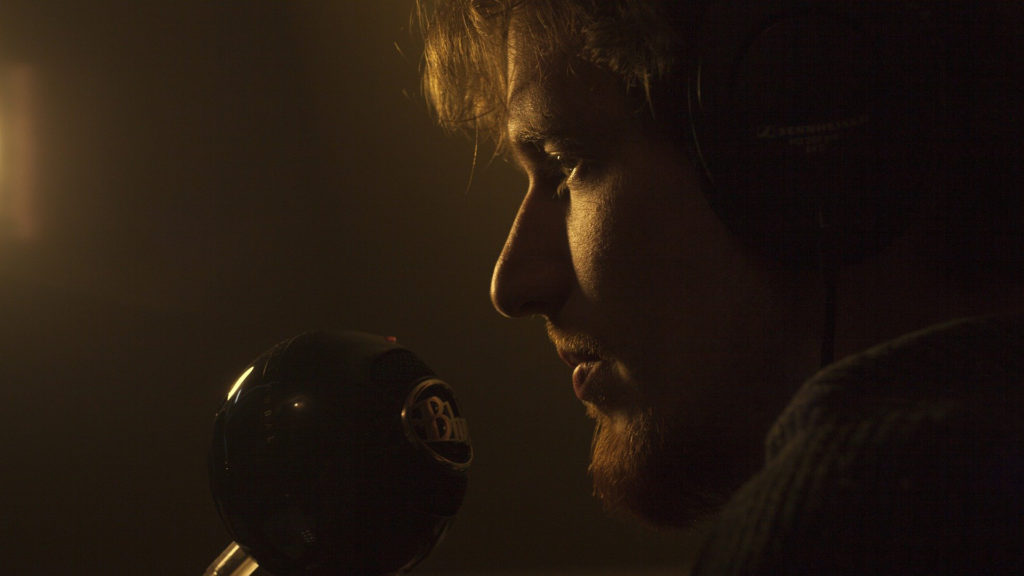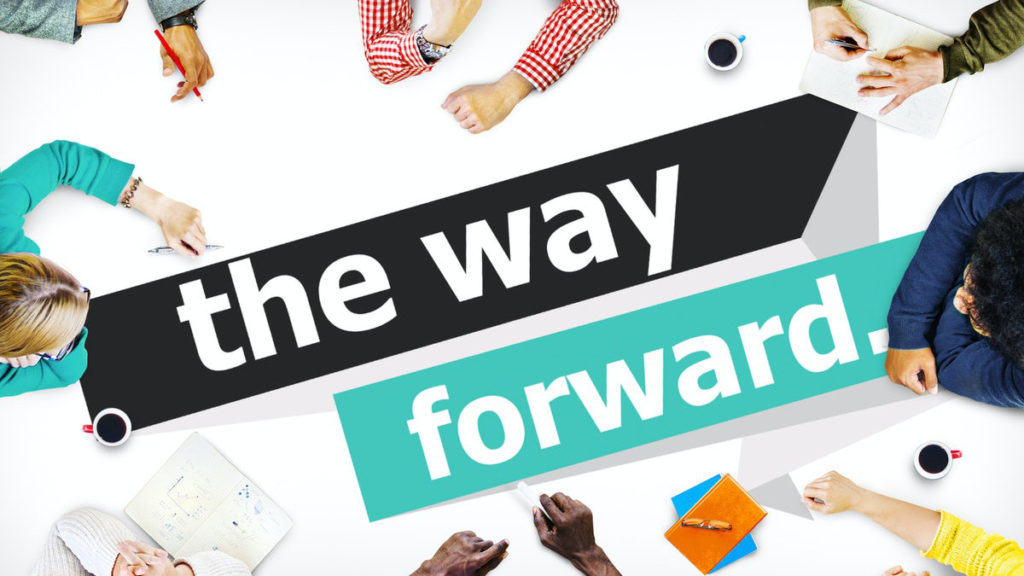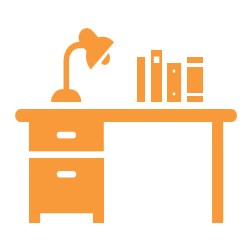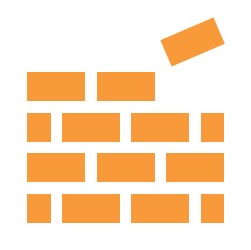When you’re presenting to persuade and the stakes are high—speaking at a major conference, launching a product or service, meeting with a new prospect, obtaining funding—it just doesn’t make sense to slap a presentation together at the last minute. Big-deal presentations like these are important, and you need to make a good impression.
My proven four-phase Presentation Design process converts your ideas into interesting, interactive, and inspiring presentations! We cover everything from idea development to storytelling to slide design to performance. Working together, we transform complex information into messages that anybody can understand. And we develop compelling messages that your audience will respond to and calls to action that drive results.
At the end of the Presentation Design process, you’ll receive your professionally designed presentation—complete with a script and speaker notes—and a Presentation Cheat Sheet that reinforces the key points of your presentation for your audience.
From start to finish, the process usually takes about four weeks. This isn’t prettying up slides, this is designing a powerful presentation from the ground up. When your presentation is important and you’re able to invest the time to make it amazing, I can help.
What does a great presentation do?
Answers the question, “What’s in it for me?”

Many presenters make the mistake of focusing on features, such as how big something is, what the components are, and what the process is. But the audience wants to know “What’s in it for me?” How are you helping them? How will your ideas improve their lives? What problems are you solving? Answering these questions and more will capture and hold an audience’s attention and make your messages resonate more deeply.
Achieves SMART Goals

Every presentation needs a goal. Vague goals, like “sell more products” or “inspire my audience” don’t help. To be truly effective, you need to set SMART Goals for your presentation. SMART stands for Specific, Measurable, Attainable, Relevant, and Time-based. By clearly defining your SMART Goals, you’ll be able to tell whether or not your presentation was a success.
Reaches the audience

It’s important to know your audience so you can tailor your presentation for maximum results. For example, you probably wouldn’t give a college-level presentation on quantum mechanics to an audience of 10-year-olds! But if you knew ahead of time that you would be talking to kids, you could adapt your message to make it relevant and interesting to them.
Shares stories

Storytelling is an ancient art. We tell stories to teach lessons, cautionary tales to warn people not to do things that could cause harm, stories that celebrate. Storytelling has persisted through the millennia because it works. Stories that relate what you’re talking about to real people have much more impact than showing a graph with a bunch of data points. Your audience will tend to remember your stories while forgetting charts and graphs.
Describes the Ideal Future
Gives the audience clear instructions for next steps

You need to tell the audience exactly what they should do as a result of having experienced your presentation. If you don’t include a clear call to action, chances are they’ll do nothing. A Presentation Cheat Sheet that contains your main messages, links to resources, and contact information is a great leave-behind that reminds your audience what they learned from you and what they should do next.
My proven four-phase Presentation Design process
Phase 1: Prework
The process begins when you complete the Presentation Brainstorming Worksheet. When you finish, send me the completed worksheet and other resources such as presentation drafts, case studies, white papers, etc. so I can understand who you are and what you offer.
Phase 2: Discovery
During this phase I learn more about you, your organization, and the big ideas you want to communicate with your presentation. We discuss your responses to the Presentation Brainstorming Worksheet, I learn about you and your organization, and I get up to speed on any complex information you want to communicate.
Phase 3: Foundation
I create a presentation outline that includes a strong introduction, content that communicates your key messages, and a call to action. Interactive audience engagement breaks are built in to ensure that the audience is an active partner in your presentation. A Presentation Map is created to guide slide design. If needed, I develop a custom template during this phase.
Phase 4: Design
I design your slides, following the Presentation Map and create a Presentation Cheat Sheet using your organization’s brand style that summarizes the presentation.
Presentation Cheat Sheets
Have you ever forgotten what you learned at a presentation, just days (or even hours) later? It’s a scientific fact that without reinforcement, we easily and quickly forget what we’ve learned. Don’t let that happen for your presentation!
When you engage Laura M. Foley Design to do a Presentation Rebuild, a Presentation Cheat Sheet is part of the package. The Presentation Cheat Sheet is a quick-start guide that includes key points you made during your presentation, links to resources, and your contact information. It’s a one-page reference tool that enables your audience to quickly be reminded about what they learned at your presentation.
You can distribute Presentation Cheat Sheets to your attendees during or after the presentation. Or you can use them to generate leads by offering them as a reward for signing up for your newsletter, referring a friend…whatever your most compelling call to action may be!






